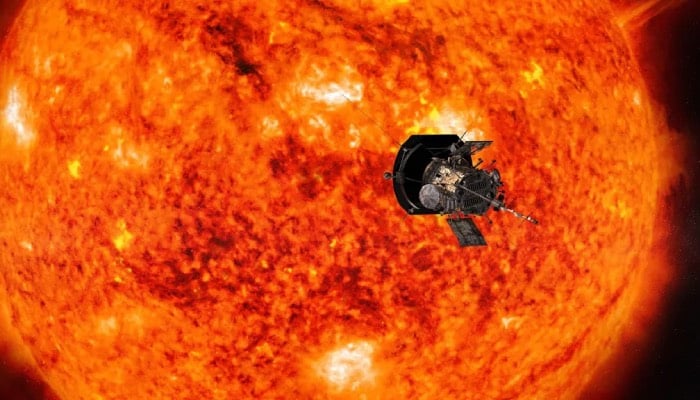
NASA's Parker Solar Probe is making breakthroughs in understanding the sun's outer atmosphere, known as the corona, which is surprisingly much hotter than its surface.
This mystery has puzzled scientists for many years. However, the Parker Solar Probe, the fastest spacecraft ever built, has now completed 20 close flybys of the sun and collected crucial data that may explain this temperature anomaly, as per Gadget360.
Key findings:
One key finding is the discovery of sudden shifts in the sun's magnetic fields, referred to as "switchbacks." These switchbacks are thought to play a significant role in heating the corona.
Interestingly, the temperature of the sun's corona is hundreds of times higher than that of the photosphere, which is closer to the core where nuclear fusion takes place.
Data from the Parker Solar Probe shows that these switchbacks are prevalent in the solar wind near the sun, but they do not seem to originate directly from the corona, which challenges previous theories.
Scientists are now looking into other possible explanations for the corona's extreme heat.
One theory suggests that collisions of magnetic field lines on the sun's surface could generate vibrations, accelerating particles in the solar wind. If some of this energy is absorbed by the corona, it could explain the high temperatures observed.
Future insights:
The ongoing mission of the Parker Solar Probe, which began in 2018, continues to provide new insights into the sun's behavior.
The probe will make its next close approach on September 30, with another even closer pass scheduled for December 24.















